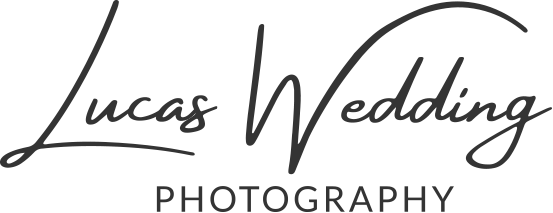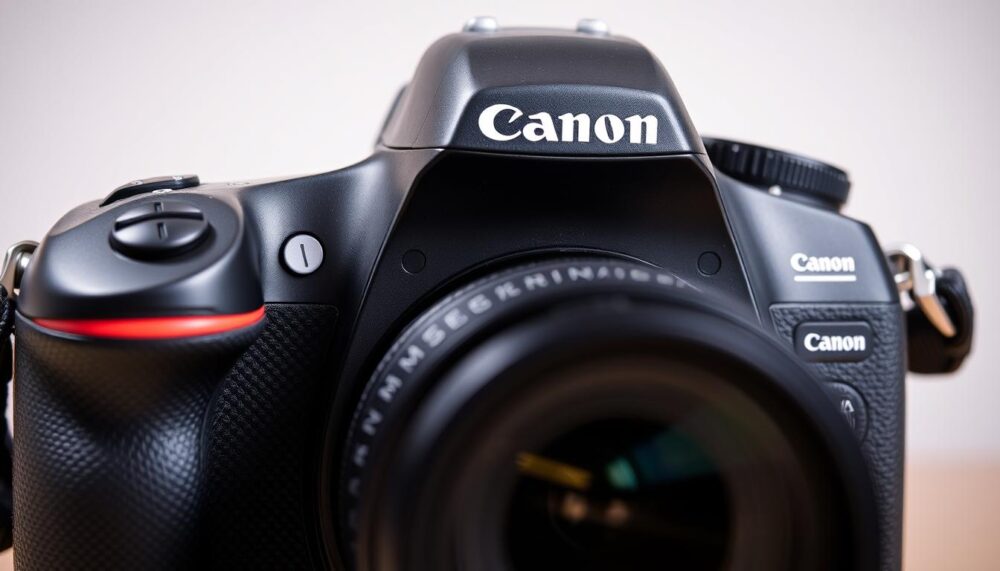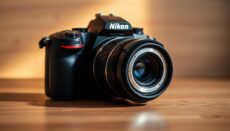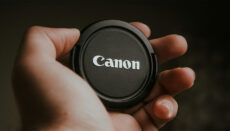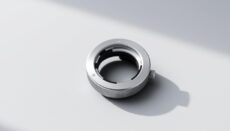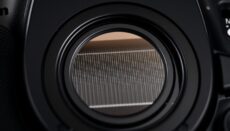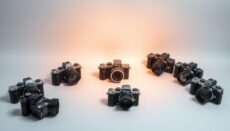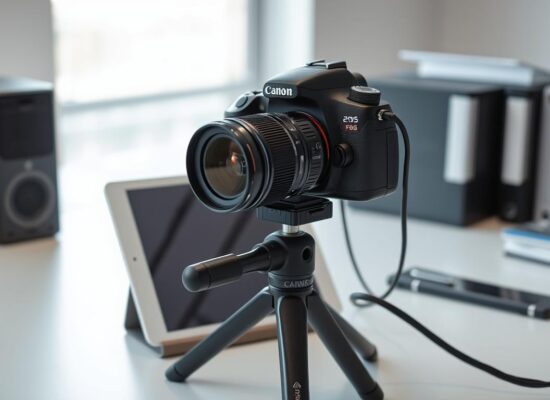Photographers often wonder about cross-brand compatibility, especially when it comes to lenses. Using Canon lenses on a Nikon camera is technically possible, but it requires specific adapters. However, this solution comes with significant limitations.
Adapters can bridge the gap between different mounts, but they often compromise functionality. Features like autofocus and aperture control may not work as expected. Additionally, using third-party adapters can risk damaging your equipment or voiding warranties.
This article explores the technical aspects of lens mounts, the role of adapters, and practical considerations. Understanding these factors helps photographers make informed decisions without risking their gear.
Key Takeaways
- Cross-brand lens compatibility is achievable with adapters.
- Autofocus and aperture control may be limited or non-functional.
- Using adapters can risk equipment damage.
- Warranties may be voided when using third-party solutions.
- Understanding mounts and adapters is crucial for compatibility.
Understanding Lens Mounts and Compatibility
Lens mounts play a crucial role in determining compatibility between different camera brands. These mounts connect the lens to the camera body, ensuring proper alignment and functionality. However, variations in design and specifications often create challenges for photographers.
Canon EF and EF-S Mounts
Canon’s EF and EF-S mounts are widely used in their DSLR cameras. The EF mount features a flange distance of 44mm, which allows for versatile lens designs. EF-S mounts, designed for crop-sensor cameras, share the same flange distance but are incompatible with full-frame bodies.
Nikon F-Mount System
Nikon’s F-mount system has been a staple in their DSLR lineup. With a flange distance of 46.5mm, it differs significantly from Canon’s design. This 2.5mm difference creates physical incompatibility, making direct use of lenses across brands impossible without adapters.
Challenges in Cross-Brand Compatibility
Cross-brand compatibility faces several hurdles. The flange distance disparity prevents direct lens attachment. Additionally, certain Nikon lenses, such as G-Type and E-Type, lack manual aperture rings, requiring specialised adapters. Mirrorless systems like Canon RF and Nikon Z are also incompatible due to differing designs.
| Mount Type | Flange Distance | Compatibility Notes |
|---|---|---|
| Canon EF/EF-S | 44mm | Compatible with Canon DSLRs |
| Nikon F-Mount | 46.5mm | Requires adapters for cross-brand use |
Will a Canon Lens Fit on a Nikon Camera?
Exploring cross-brand lens compatibility reveals both opportunities and challenges. While adapters can bridge the gap, they come with significant trade-offs. Understanding these limitations helps photographers make informed decisions.
Physical Compatibility with Adapters
Mounting a Canon lens on a Nikon camera body requires a specialised adapter. These adapters, such as those from Novoflex or K&F Concept, enable physical attachment. However, they often include corrective optics to maintain focus due to differing flange distances.
Glass elements within the adapter compensate for the 2.5mm flange distance disparity. Without these, achieving sharp focus would be impossible. This solution, while functional, adds complexity and potential weight to the setup.
Electronic Communication Limitations
One major drawback is the complete loss of electronic communication. Features like autofocus and EXIF data transmission are unavailable. Photographers must rely on manual focus, which can be time-consuming and less precise.
Mirrorless systems, with their shorter flange distances, offer greater adaptability. However, even these systems face similar electronic limitations when using cross-brand adapters.
| Aspect | Details |
|---|---|
| Adapter Requirement | F-mount to EF adapter with corrective optics |
| Autofocus | Not supported |
| EXIF Data | Lost during transmission |
| Focus Method | Manual focus required |
Types of Lens Adapters for Canon to Nikon
Adapting lenses across brands requires understanding the types of adapters available. These tools bridge the gap between different mounts, but their functionality varies widely. Choosing the right lens adapter ensures smoother integration and better performance.
Manual Adapters
Manual adapters are the simplest and most affordable option. They physically connect the lens to the camera body but do not transmit electronic signals. This means features like autofocus and aperture control are unavailable. While budget-friendly, they require full manual operation, which can be challenging for some photographers.
Electronic Adapters
Electronic adapters offer more advanced functionality. They maintain partial electronic communication between the lens and camera, enabling manual aperture rings to function. However, autofocus and image stabilisation remain unsupported. Brands like K&F Concept and Novoflex provide reliable options, though premium models can cost significantly more.
Focal Reducers and Speed Boosters
Focal reducers, also known as speed boosters, reduce the focal length by 0.71x, providing wider angles and improved light transmission. These adapters are ideal for photographers seeking enhanced optical performance. However, they are more complex and expensive, making them less common for casual users.
Compatibility with Micro Four Thirds systems is another consideration. Some adapters are designed specifically for these cameras, offering unique benefits. Always verify compatibility before purchasing to avoid issues.
Be cautious of counterfeit adapters. These often lack precision machining, risking damage to your equipment. Investing in reputable brands ensures better build quality and safer use.
For more detailed insights, explore this guide on cross-brand lens compatibility.
Functionality Limitations When Using Adapters
When adapting lenses across brands, functionality often takes a hit. While adapters bridge the gap between mounts, they introduce several challenges. These limitations can affect autofocus, exposure metering, and overall image quality. Understanding these issues helps photographers prepare for potential drawbacks.
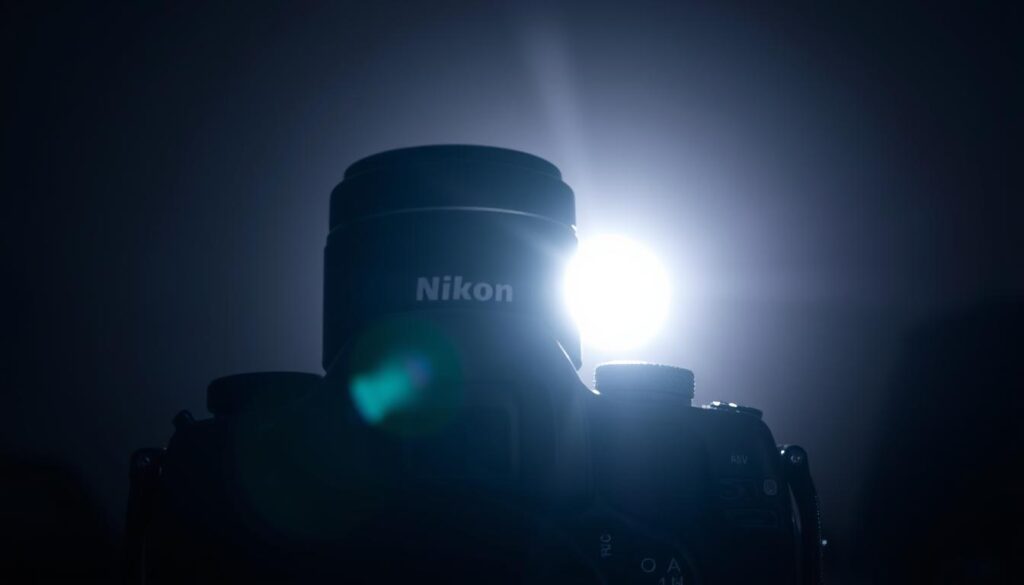
Autofocus and Image Stabilisation Issues
One of the most significant limitations is the loss of autofocus capabilities. Mechanical adapters do not support electronic communication, rendering autofocus non-functional. This means photographers must rely on manual focus, which can be time-consuming and less precise.
Additionally, features like image stabilisation (VR or IS) become non-functional. Without stabilisation, capturing sharp images in low light or during movement becomes more challenging. This limitation is particularly noticeable in handheld shooting scenarios.
Exposure Metering and Aperture Control
Exposure metering also faces hurdles when using adapters. Most adapters require a stop-down metering technique, which can complicate the process. This method involves manually adjusting the aperture to measure light, adding an extra step to the workflow.
Control over the aperture is another concern. Mechanical adapters often require manual adjustment using the lens’s aperture ring. This can be cumbersome, especially when quick adjustments are needed. For lenses without manual aperture rings, functionality is further restricted.
Impact on Image Quality
The use of adapters can also affect image quality. Adapter glass elements may introduce optical issues such as vignetting or chromatic aberration. These imperfections can degrade the final output, requiring post-processing to correct.
Poor-quality adapters increase the risk of light leaks, which can ruin shots. Additionally, frequent adapter swaps can lead to sensor dust accumulation, further compromising image quality. Investing in high-quality adapters minimises these risks but does not eliminate them entirely.
“Adapting lenses across brands is a compromise. While it opens up creative possibilities, it often comes at the cost of functionality and convenience.”
| Functionality | Limitations |
|---|---|
| Autofocus | Completely lost with mechanical adapters |
| Image Stabilisation | Non-functional |
| Exposure Metering | Requires stop-down technique |
| Aperture Control | Manual adjustment necessary |
| Image Quality | Risk of vignetting, chromatic aberration, and light leaks |
For a deeper dive into these challenges, explore this guide on cross-brand lens compatibility.
Key Considerations Before Using an Adapter
Before committing to using an adapter, it’s essential to weigh the pros and cons carefully. While adapters can expand your creative options, they also introduce challenges that may affect your workflow and equipment. Understanding these factors ensures a smoother experience and protects your gear.
Choosing the Right Adapter
Selecting the correct adapter is crucial for maintaining quality and functionality. Opt for milled aluminium construction over plastic, as it prevents flex and ensures a secure fit. This reduces the risk of misalignment, which can damage both the lens and camera body.
Manual focus confirmation via the viewfinder is often necessary when using adapters. Ensure the adapter allows for precise adjustments to achieve sharp focus. Testing the adapter before extensive use is advisable to confirm compatibility and performance.
Potential Risks to Camera and Lens
Using adapters carries inherent risks. Poorly made adapters can cause light leaks or misalignment, compromising image quality. Frequent swapping of adapters may also lead to sensor dust accumulation, requiring regular cleaning.
Metal adapters are generally more reliable than plastic ones. They provide better stability and reduce the likelihood of damage. Always check the seating accuracy of the adapter to avoid unnecessary strain on your equipment.
Warranty and Manufacturer Recommendations
Both Nikon and Canon explicitly state that using third-party adapters voids warranties. This means any damage caused by an adapter will not be covered under their policies. It’s a significant consideration for photographers relying on manufacturer support.
For added protection, consider third-party insurers that cover adapted setups. These policies can provide peace of mind, especially when experimenting with cross-brand compatibility. Always verify the terms and conditions before purchasing insurance.
Conclusion
Cross-brand lens use is a topic of interest for many photographers. While adapters enable physical compatibility between Canon lenses and Nikon cameras, they come with significant limitations. Manual focus and aperture control are often required, making the process less convenient for professional work.
For consistent performance, native lenses are highly recommended. They ensure full functionality and compatibility, reducing the risk of equipment damage. However, adapters can be useful for experimental setups or as a backup solution in specific scenarios.
In the UK, where precision and reliability are paramount, using adapters may not be the most practical choice for serious photography. While they offer flexibility, the trade-offs in functionality and potential risks make native lenses a safer bet for professionals.
FAQ
Can Canon lenses be used on Nikon cameras?
Yes, but only with the use of a lens adapter. Canon and Nikon have different lens mounts, so direct compatibility is not possible without an adapter.
What are the main challenges of using Canon lenses on Nikon cameras?
The primary challenges include loss of autofocus, limited aperture control, and potential issues with image stabilisation. Electronic communication between the lens and camera body is often restricted.
What types of adapters are available for Canon to Nikon lenses?
There are manual adapters, electronic adapters, and focal reducers. Manual adapters are simpler but limit functionality, while electronic adapters may offer some communication features.
Will using an adapter affect image quality?
Yes, adapters can impact image quality due to potential misalignment or additional glass elements. However, high-quality adapters minimise these effects.
Are there risks to the camera or lens when using an adapter?
Yes, improper adapters can cause damage to the lens mount or camera body. Always ensure the adapter is compatible and securely fitted.
Does using an adapter void the warranty on my camera or lens?
It might. Manufacturers often discourage the use of third-party adapters, and any damage caused by them could void the warranty. Check with the manufacturer for specific guidelines.
Can I control the aperture of a Canon lens on a Nikon camera?
With manual adapters, aperture control is limited or non-existent. Some electronic adapters may offer partial control, but full functionality is rare.
Are there alternatives to using adapters for cross-brand compatibility?
Alternatives include using native lenses or switching to a mirrorless system with a broader range of adapter options and better compatibility features.
